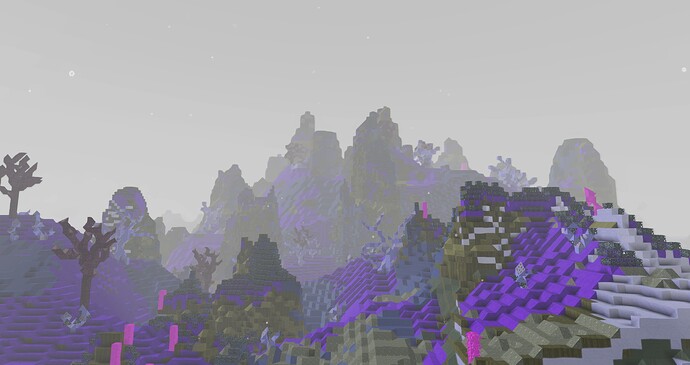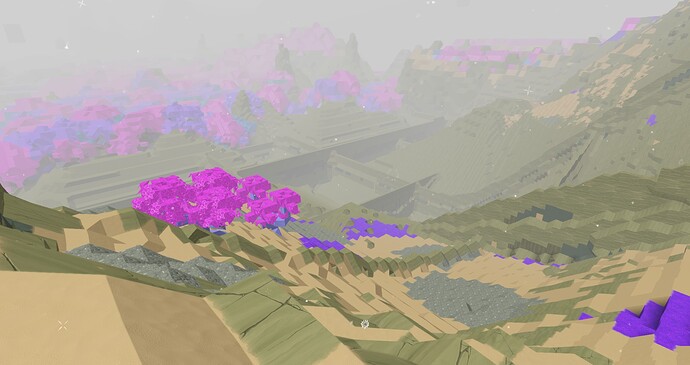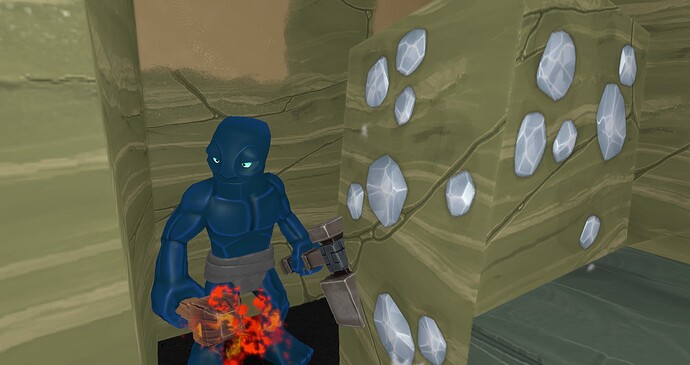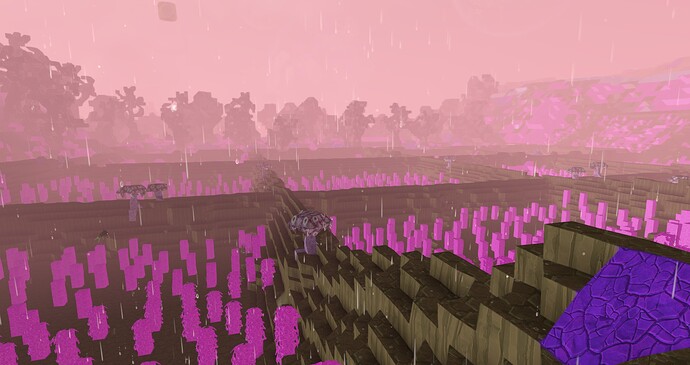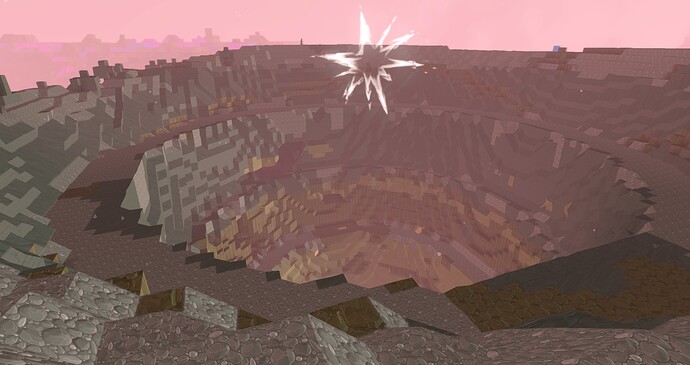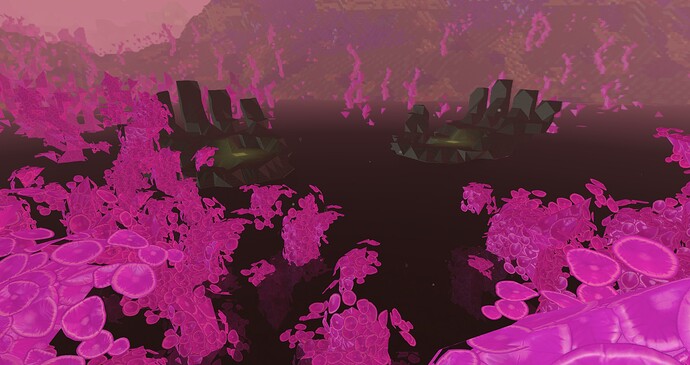Planetology Report
Serpensarindi
A long-lost gem of the Oort, an industrial hub hearkening back to the early days of their interstellar empire, Serpensarindi has only very recently reestablished contact with civilization after many hundreds of years in which it was completely devoid of sentient life. While we don’t possess all of the specifics of its history – and those may be forever lost – what we have learned from scattered records paints a chilling picture.
The date of its colonization is known with some certainty; the Oort arrived here almost exactly 6000 years ago. Serpensarindi was not contiguous with the earliest borders of the empire, but their scientists correctly identified a world overflowing with mineral resources and they aggressively expanded to the distant world, only backfilling interstitial planets as their demand for population centers grew over time.
As if the riches beneath its surface weren’t enough, the Oort were lucky to find another valuable resource: a primitive sentient race native to the planet - their classification as the Varuna comes down to us from Oort records, though we are no longer certain what they called themselves. These hapless souls at first greeted the Oort as godlike beings from the stars but came to know them as the brutally efficient taskmasters they really were. Oort overseers moved swiftly to eradicate the natives’ governing bodies, culture, and ability to resist.
Pastoral villages gave way to walled camps and city wards, the walls serving more for containment than protection. Winding natural caverns were replaced by an intricate web of mining tunnels. Slowly, over many centuries, the entire planet itself was remade to suit its newfound purpose – henceforth, it would be an industrial complex, belching forth an endless supply of precious metals and gemstones used in the Oort’s most sophisticated spacefaring technology. Remnants of these devices can still be found under layers of ash and sediment.
Buried Slave District Ruins… Note the Rigid Grid Layout of Walls
Oort Photographic Record Depicting a Slave Named @Peyago Who Was Recognized as Worker of the Month for his Work Precinct… He Died of Black Lung the Same Day this Photo Was Taken
These Abandoned Rice Paddies Show the Concentration & Intensity of Oort-Imposed Living Conditions
But all of this came to an end, as the slaves awakened from their long, dark night and rose up to topple their masters. As the Oort imperial mandate grew and grew, so too did its attention span begin to shrink. Slowly but surely, the small cabal of colonial overlords grew lax in their oversight. The enslaved Varuna reignited the cultural spark which once united them, and in the shadows they plotted. When that day of reckoning finally came, the viceroy of Serpensarindi was caught completely unawares.
Vengeance was swift and bloody. The entire planetary government collapsed in a matter of days, and the Varuna government-in-exile used the Oort’s own advanced communications technology against them by seizing the global reins of power with equal haste. Centuries of animosity came boiling to the surface; if any Oortians living on that planet survived the ensuing pogrom, we have thus far found no records of their existence. Our historical records from Serpensarindi stop, as if someone had flipped off a power switch. No ships escaped, and planetary portals were promptly sealed; the dark truth was only revealed when newly arriving freight teams were waylaid by the new planetary custodians.
For a time, this ragtag band of revolutionaries prospered like never before. Their possession of and understanding of Oort technology catapulted the once-backward species into the modern era. A sense of new life and euphoria consumed the entire world – for, if these poor folk could rise from nothing to defeat the most powerful empire in the galaxy, was there any limit to what they could do? The cultural revival was in full swing, as can be seen in archaeological remains on the planet’s surface. The Varuna even began to engage in interstellar travel; scientific evidence shows that our people encountered them approximately 1200 years ago and that we share a significant amount of DNA with them. Our knowledge of their race comes primarily from word-of-mouth exchanges with them during this period, although a small portion of it has also been pieced together from the records of Oortian interrogators.
… Which leads us to the sad tale of the context of these interrogations. Without understanding the full scope and power of the Oort Empire, these simple miners overestimated their ability to challenge its might – a decision that would be their undoing. Using caches of weapons, equipment, and ships left behind by their former masters, the slaves of Serpensarindi ventured off-planet and sought to bring down the empire which had caused them so much misery. It didn’t take long for them to make contact with the Oort, at which point they attempted to fight fire with fire.
The Oort were not amused.
Losing an entire world to some complete nonentity was humiliating; the economic fallout from the loss of Serpensarindi was painful and would be felt for many years to come. But some band of upstart primitives pointing their own weapons right back at them – unacceptable. Early skirmishes were lopsided engagements in which the Oort devastated their foes, but this was not enough. The blot on Oortian history known as Serpensarindi had to be erased, once and for all.
There was no subsequent invasion or colonization as had first been the case. This time, the Oort struck from afar and with overwhelming force the likes of which has never been seen before or since. Massive kinetic batteries rained death from the heavens. There were no strategic targets – only an endless deluge of fire from the sky. The Oort sought not to destroy a city or a state but the entire planet itself. Today, the legacy of this attack can be seen in the giant, earth-penetrating craters which pockmark the landscape.
One of the Largest Blast Craters Our Expeditionary Force Encountered on the Surface
Whatever superweapon the Oort used was so devastating that it tore straight through the planet’s crust. Toxic chemicals – the byproduct of centuries of indiscriminate mining – as well as noxious fumes from the planet’s core filled the atmosphere, choking out almost all life that managed to survive the initial firestorm. The annihilation of Serpensarindi was total and swift. Shipping lanes were rerouted, new mines were dug on new planets, and Serpensarindi was forgotten by the Oort.
Very little remains today to show us how these once proud people lived during their brief moment in the sun. We still see the walls of their old cities, though the softer structures have long since decayed and the most hardened facilities lie buried under layer upon layer of sediment. The fields which supplied this massive slave army still dot the landscape, though they have lain fallow for far too long. Monuments to their gods remain, though the gods themselves have long since forsaken this place.
Similar Monuments Appear on Nearby Worlds… We Have Not Yet Determined if These Were Native Structures or Late Imperial Artifacts
What we can say for certain is that the planet warrants further study, and away teams have touched down on its surface for precisely this reason. The planet’s natives adopted Oort technology whenever possible, so the Oort never intentionally destroyed it or took it with them when they were expelled from the planet; much of it may have survived the onslaught. Additionally, Serpensarindi’s mineral value is undeniable; despite the duration and the efficiency of Oort operations, they only scratched the surface in their efforts to exploit its resources. With this combination of tech and materials, it should be possible for us to reverse-engineer some of the most advanced devices ever to exist in the empire’s history.
Any valuable tech or mineral samples should be sent to the Archives for processing before clearing customs. All documentation should be filed in accordance with Doctrine 1337-D4T4. Your 100% compliance in this matter is mandatory, as always.
Ingvar
Assistant Clerk, Illuminoorti Archives
